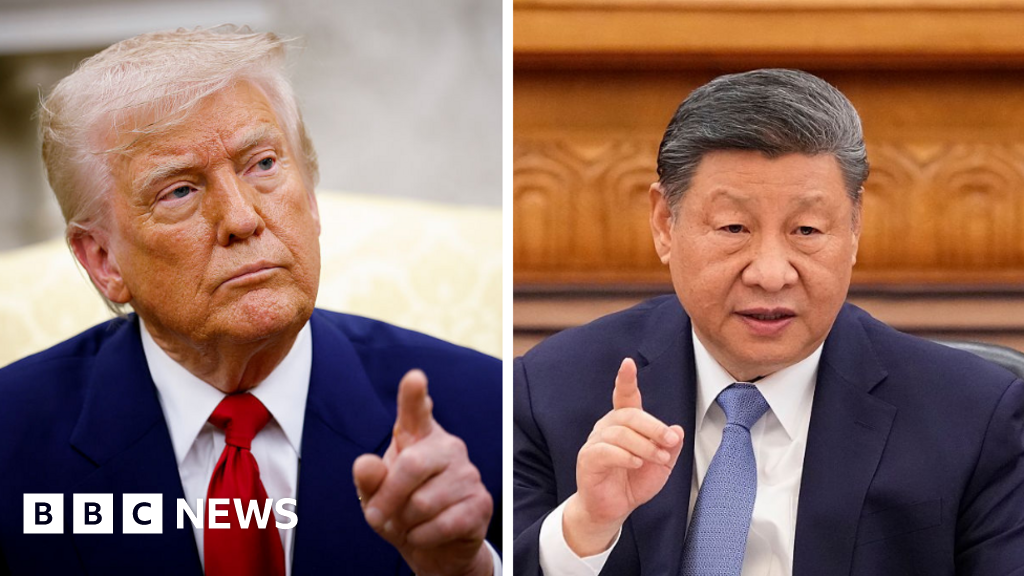New Delhi:
India and the United Kingdom have clinched a landmark free trade agreement. This marks UK's most significant post-Brexit deal and India's first outside of Asia and Australia. Trade talks between India and the UK have been on for several years, but gained momentum in the shadow of US President Donald Trump's global tariffs order.
India, which currently is the world's fifth-largest economy and UK, which is the sixth-largest, will gain considerably from this bilateral trade arrangement. Both nations aim to increase bilateral trade by a further $34 billion by 2040.
WHAT THE PRIME MINISTERS SAID
Lauding the pact, Prime Minister Narendra Modi said, "These landmark agreements will further deepen our comprehensive strategic partnership, and catalyse trade, investment, growth, job creation, and innovation in both our economies."
UK's Prime Minister Keir Starmer also praised the achievement, saying, "We are now in a new era for trade and the economy. That means going further and faster to strengthen the UK's economy." He added that "Strengthening our alliances and reducing trade barriers with economies around the world is part of our plan for change to deliver a stronger and more secure economy here at home."
WHICH SECTORS BENEFIT
Under the historic agreement, India and the UK will attain liberal market access and eased trade restrictions. The sectors that will benefit most under this new bilateral agreement are food processing, F&B, alcobev, and automobiles.
Tariffs on goods such as lamb, salmon, chocolates, biscuits, and whiskey will reduce sharply. The deal also secures quotas for both countries over imports of automobiles and parts. In a significant shift in its policy, New Delhi has given more market access to UK firms, especially in the automobile sector. This may suggest a shift in trend considering that India is also in talks with the United States and the European Union for similar trade deals.
India is the world's largest whiskey market and tariffs on whisky and gin will be halved from 150 per cent to 75 per cent under this agreement. They will further fall to 40 per cent by the tenth year of the deal.
Under the deal, India has agreed to slash levies on 90 per cent of British products sold in the country, from medical devices to machinery, with 85 per cent of those becoming tariff-free within a decade. The automotive industry will see a massive tariff cut from the current 100 per cent to only 10 per cent.
Other industries that will gain immensely under the trade agreement are cosmetics, aerospace, electrical machinery, and soft beverages.
It is estimated that India's tariff cuts will be more than 400 million pounds, which will grow to over 800 million pounds in a decade.
Britain has also agreed to reduce its own tariffs on some products, leaving 99 per cent of Indian exports to Britain facing zero duties. One of the Indian industries that will benefit most is the textile industry, from which all tariffs are removed. Millions of Indians are employed in the textile sector.
Other Indian sectors that will benefit from the trade deal are: marine products, leather, sports goods, toys, gems and jewellery, engineering goods, and auto parts.
THE HURDLES
Negotiations between New Delhi and London for a free trade agreement had started in January 2022. The talks faced several hurdles and extended periods where no progress was made. One of the reasons for this was the constant change in government in Britain, which saw four prime ministers take office in four years. India too saw elections last year.
Both countries are in talks with the United States to see if tariffs imposed by Donald Trump can be lowered. New Delhi and London also seek free trade pacts with the US, which is a major trading partner for both.

 3 weeks ago
14
3 weeks ago
14









 English (US) ·
English (US) ·